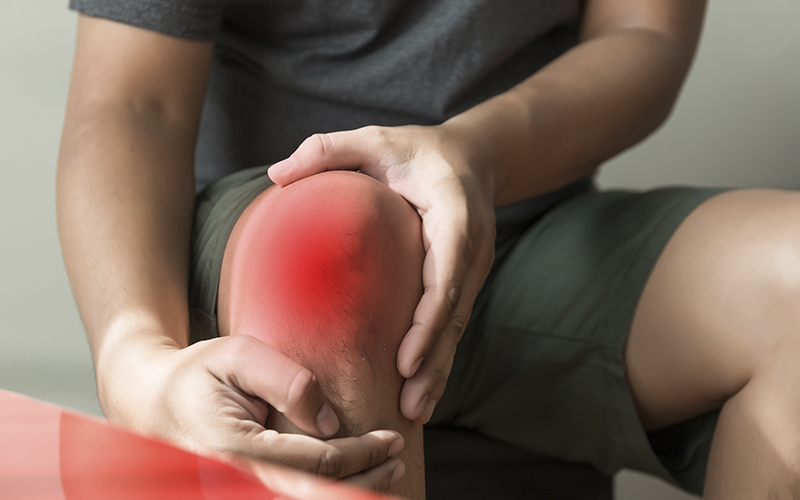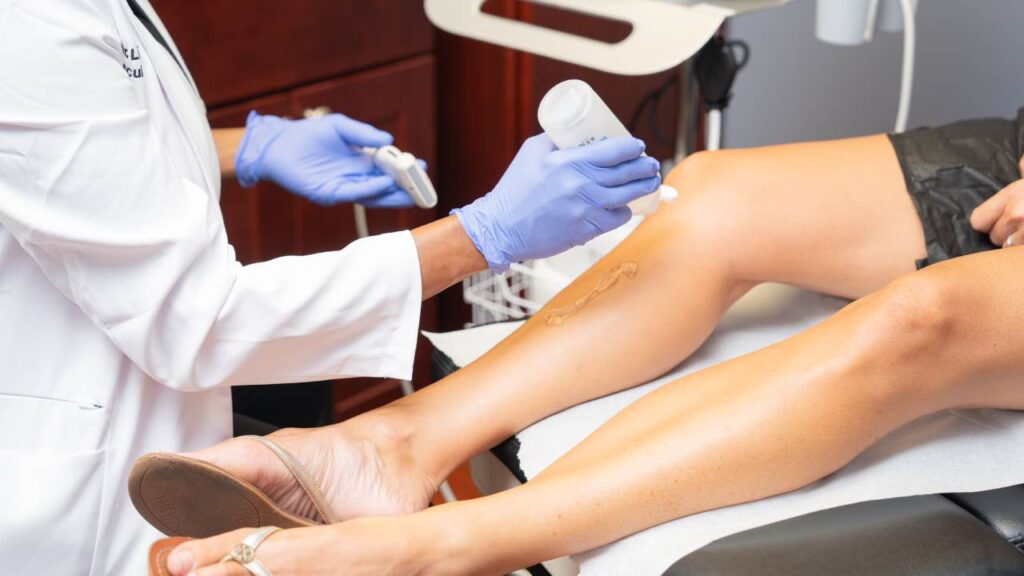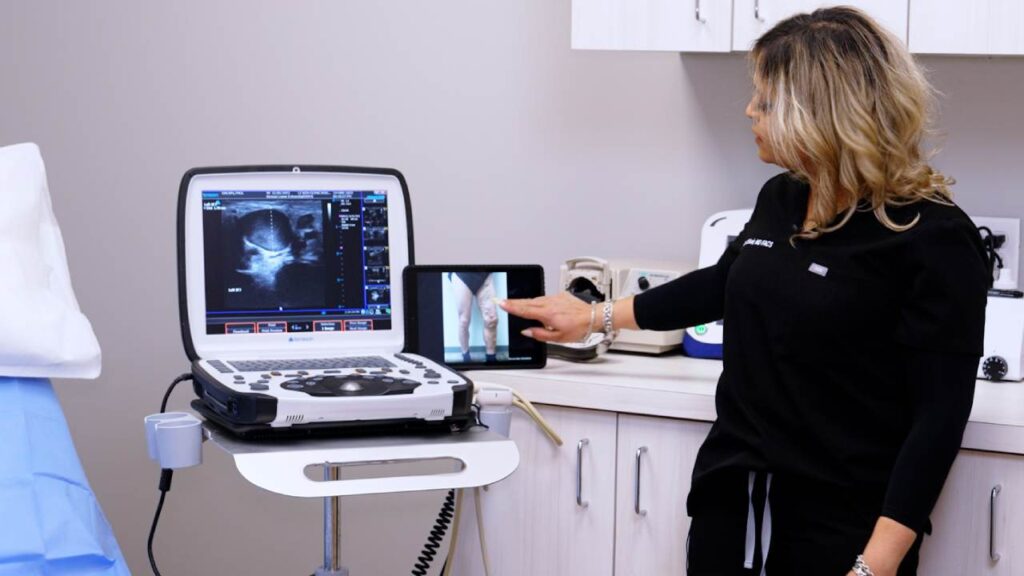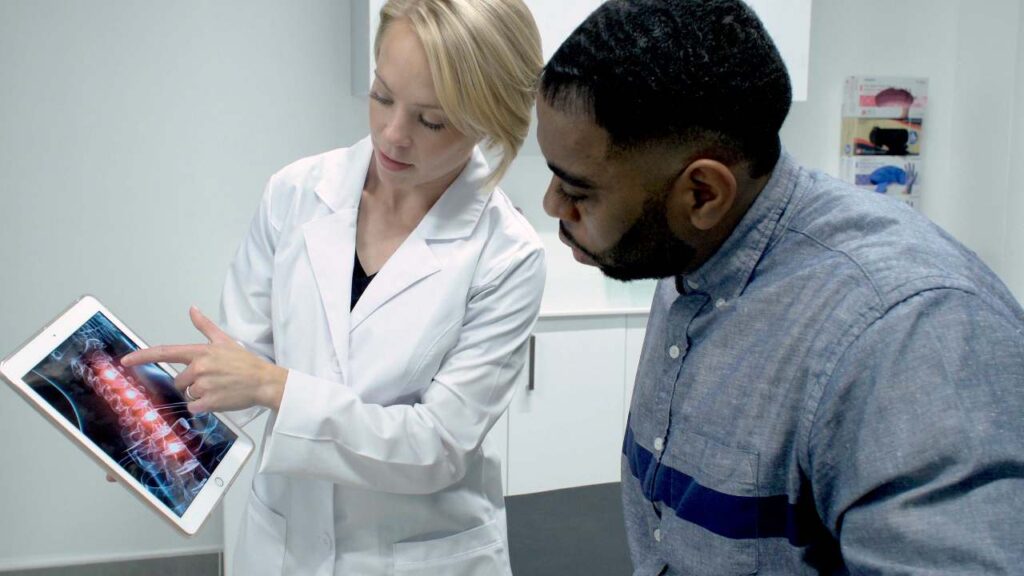What is the Best Treatment for Knee Pain in 2020? According to Medical Clinic

Knee pain is a condition that can affect people of all ages for a variety of reasons. Knee pain can occur because of an injury or damage to any of the various structures in your knees, such as the patella, knee joint, knee cartilage, tendons, ligaments, or bursa sacs.
You may suffer from knee joint pain because of a minor injury, medical conditions, or chronic conditions like knee osteoarthritis, knee bursitis, patellar tendinopathy, and various others. To treat knee pain, the doctor must first diagnose the root cause of your knee injury or knee joint pain.
During the diagnosis, the pain doctor will first physically inspect your knees and follow that with some screening tests like CT scans, X-Rays, MRI scans, and Ultrasound. These tests will help the pain doctor narrow down the potential causes of knee pain and knee injury, thereby allowing them to curate the ideal treatment plan.
You should, however, only go to knee pain doctors who recommend minimally invasive treatments after diagnosing the root cause of your knee pain. Avoid surgical procedures because they have a high risk of complications and avoid opioids because they don’t treat the disease and only provide temporary relief.
In this article, we discuss what is the best treatment for knee pain in 2020.
RICE and Physical Therapist
RICE and physical therapy are the standard treatments offered to everyone suffering from chronic pain. These are basic treatments that help minimize swelling and help you regain mobility in your muscles and joints — they can’t treat your knee pain. That’s why RICE and physical therapy go hand-in-hand with the primary knee pain treatments.
RICE refers to Rest, Ice, Compression, and Elevation. It indicates that you should reduce and control the swelling from a minor injury or pain using the following methods:
- Rest the injured area.
- Apply an ice pack on the swollen region to minimize swelling.
- Use an ACE or medical bandage to wrap the area tight and prevent swelling.
- Elevate the injured region on a pillow while sitting or lying down.
In addition to recommending RICE, your pain doctor will also recommend a physical therapist that you need to see regularly for the stipulated time. The physical therapist will introduce you to several exercises and movements that will help you regain mobility in your injured areas. This, however, must be done along with your primary minimally invasive treatment.
Epidural Steroid Injections
Epidural Steroid Injections, also known as Corticosteroids, is a procedure in which the pain doctor injects steroids (a kind of medicine) into the epidural space in your knees to reduce inflammation caused by various diseases. During the procedure, the pain doctor will draw up the corticosteroid into a needle along with some local anesthesia and inject it into the inflamed tissues.
This procedure has a minimal risk of side effects. You will experience some sweating, dizziness, soreness, depigmentation of the skin, and possible local bleeding. The procedure is extremely powerful and can reduce inflammation and knee pain within a few minutes. However, you shouldn’t get this treatment repeatedly because that may lead to long-term side effects like weight gain and osteoarthritis.
Hyaluronic Acid Injections
Hyaluronic Acid Injection, also known as Viscosupplementation, is a procedure in which a fluid called hyaluronic acid is injected into the knee joint. A healthy knee joint should have around 4ml of hyaluronic acid, which is a viscous and slippery fluid that provides the shock-absorption to help your joints glide over each other freely. If you don’t have enough hyaluronic acid, you suffer from knee joint pain because of the lack of lubrication in the knee joint. Viscosupplementation is a procedure with which the pain doctor supplements the naturally-occurring fluid to treat knee pain.
This procedure also has a negligible risk of side effects like mild swelling and soreness. In extremely rare cases, you may also experience side effects like pseudoseptic arthritis, infections, bursitis, or allergic reactions.
Genicular Nerve Block
Genicular Nerve refers to the sensory nerves that carry the pain signals to the brain. Genicular Nerve Block is a minimally invasive procedure in which local anesthetic is injected into the affected nerves around your knees. This is a diagnostic treatment, i.e., the pain doctor will perform this procedure twice to determine if your genicular nerves are indeed the source of the knee joint pain caused by issues like arthritis and inflammation. If the G Block treatment works both times, they’ll proceed to the next treatment — Genicular Nerve Radiofrequency Ablation.
Genicular Nerve Radiofrequency Ablation
This procedure is only carried out after the Genicular Nerve Block treatment shows positive results. This procedure provides instant and long-lasting relief from chronic knee pain and joint pain. During the procedure, needles are placed around the affected nerves and they’re numbed using local anesthetic. Following that, the pain doctor channels heat energy to eliminate the nerves so they can’t transmit pain signals to the brain anymore.
Platelet-Rich Plasma Injection for Osteoarthritis or Tendinitis
Platelet-Rich Plasma Injection is one of the best minimally invasive treatments for knee pain caused by osteoarthritis and tendonitis. This is a procedure that reduces inflammation and promotes cell regeneration. However, this procedure is still fairly new so it’s not covered by insurance and it’s an incredibly expensive procedure costing approximately $1500 per injection.
Schedule your Knee Injury Consultation
Pain Treatment Specialists has some of the best interventional pain specialists in the country who can diagnose the root cause of your knee pain and joint pain and treat it using the latest minimally invasive procedures. For more information, please schedule your knee injury consultation today.







